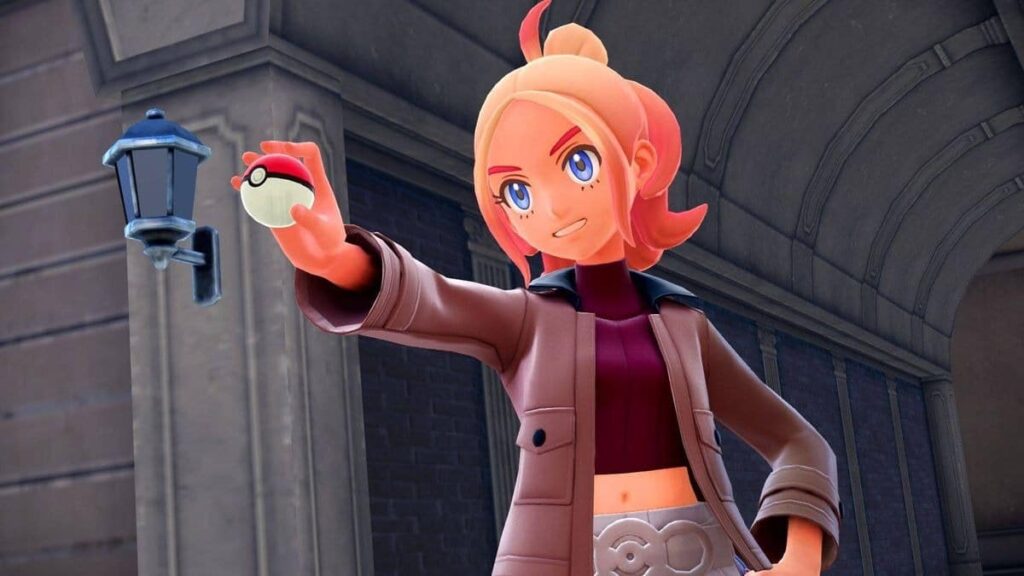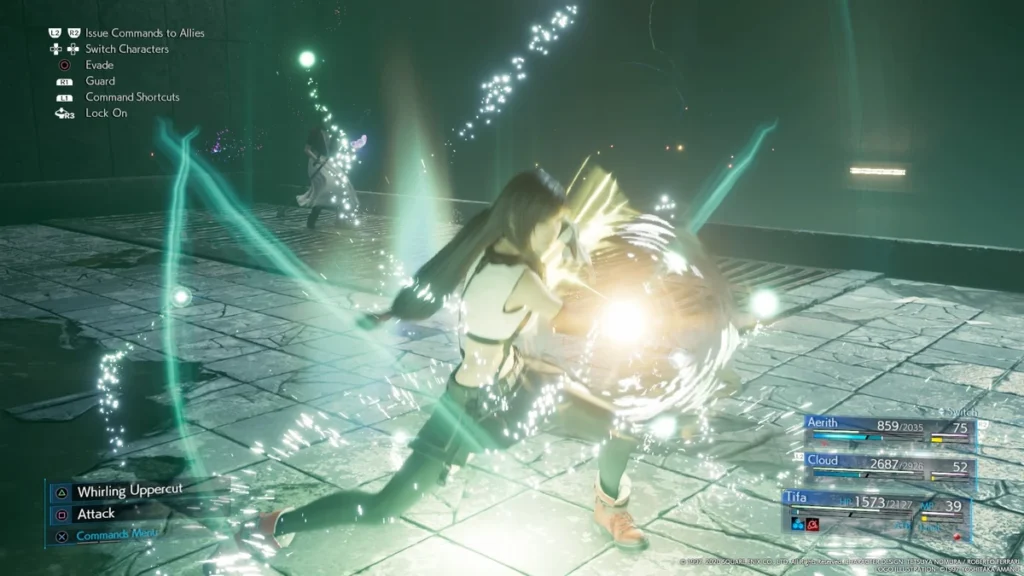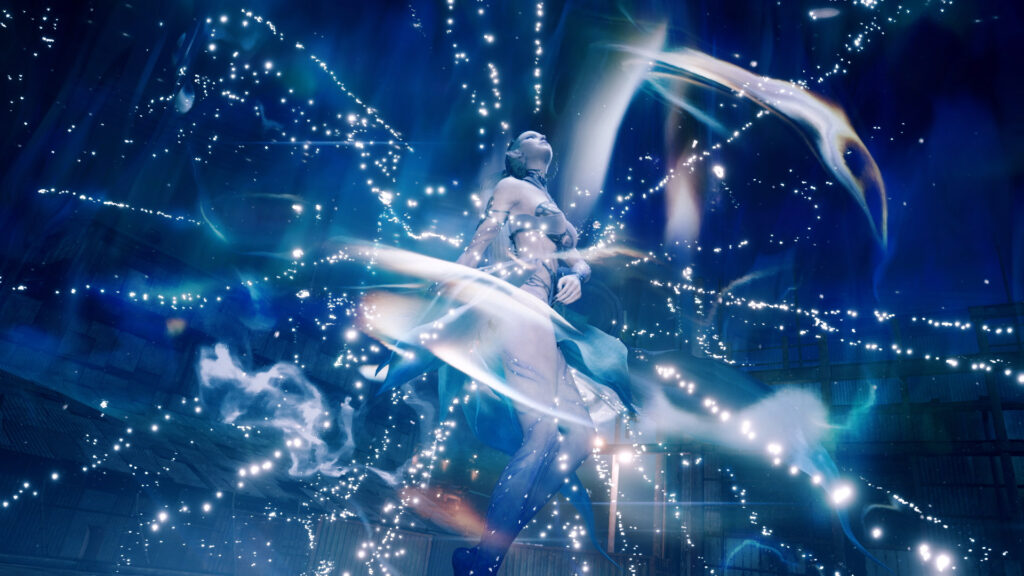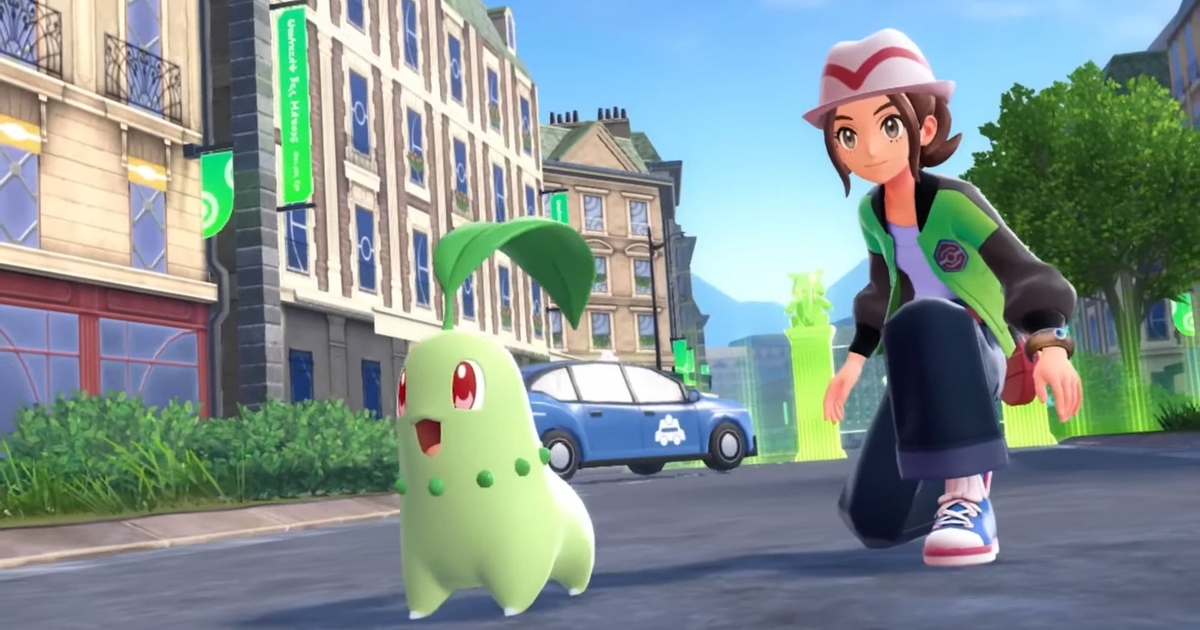Nintendo’s newly approved U.S. Patent No. 12,403,397 has ignited debate across the gaming industry. The filing broadly covers summoning additional characters to fight alongside the player — a mechanic present in countless RPGs and action titles for decades.

A Patent With Sweeping Reach
The patent essentially covers scenarios where a player moves through a virtual world, summons a companion, and that companion either fights nearby enemies or moves automatically until one is found. Battles may then proceed with limited player input.
Critics argue that this claim could theoretically apply to classics like Final Fantasy or Persona, even though such systems existed long before Pokémon popularized them.


Why Developers Are Worried
Florian Müller, an intellectual property activist, warned that while Nintendo is unlikely to sue everyone, the vagueness of the claims creates legal uncertainty. “Even if a game is technically different, it might still risk infringement,” Müller explained.
This uncertainty is particularly troubling for indie developers. Large publishers like Sony or Microsoft have legal teams and patent portfolios to defend themselves, but small studios may feel forced to redesign mechanics rather than risk lawsuits.

Approval Without Proper Review
Müller also criticized the U.S. Patent and Trademark Office for approving the patent without properly reviewing prior art from video games. “They didn’t even Google,” he remarked, highlighting that summoning systems are already widespread.

The Bigger Picture
Patents are meant to protect unique inventions, not broad gameplay concepts. Yet as games grow more complex, legal overreach threatens to stifle creativity. If patents like this go unchallenged, developers may face a chilling effect where innovation takes a backseat to legal safety.
For now, the gaming community will be watching closely. While the patent could be contested, its approval raises questions about the balance between innovation, protection, and overreach in the future of game development.



